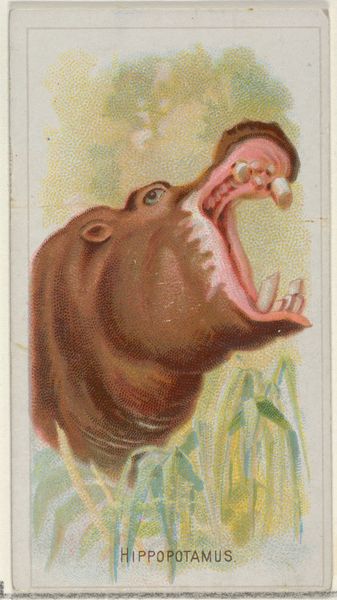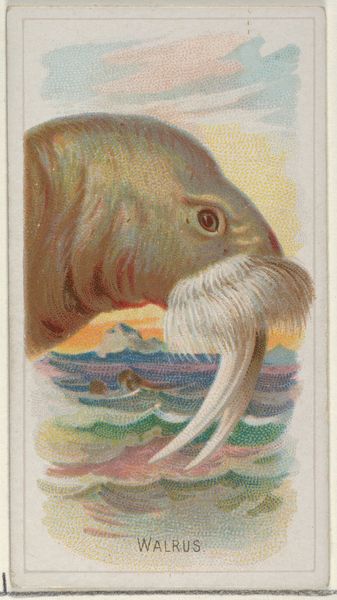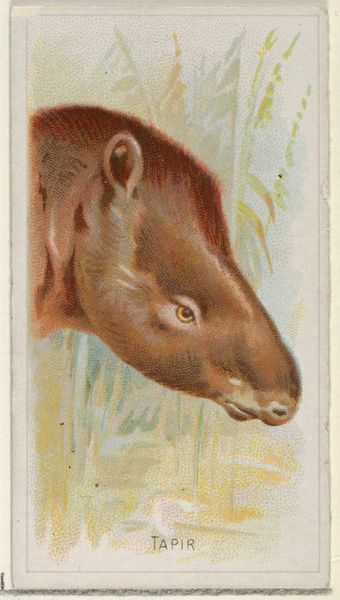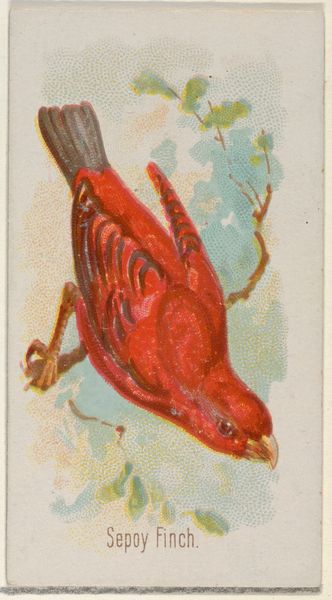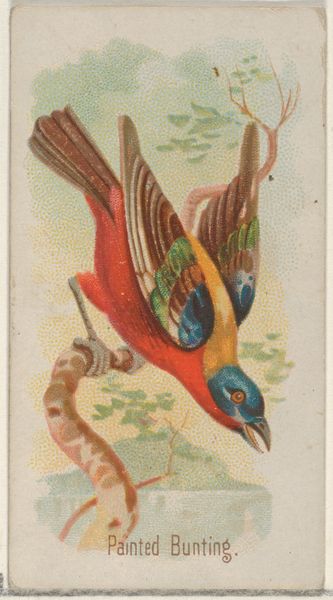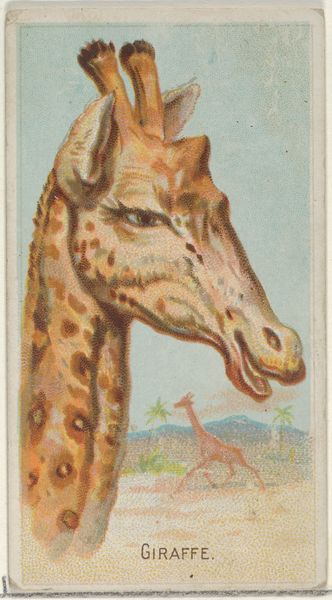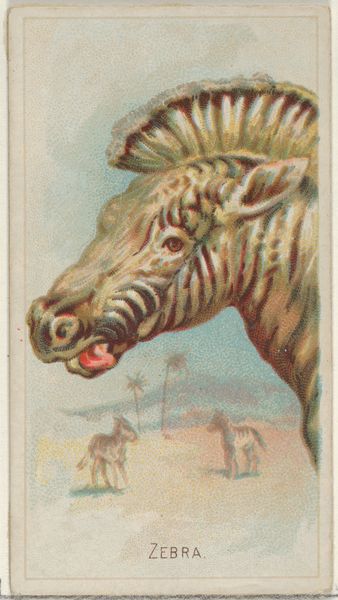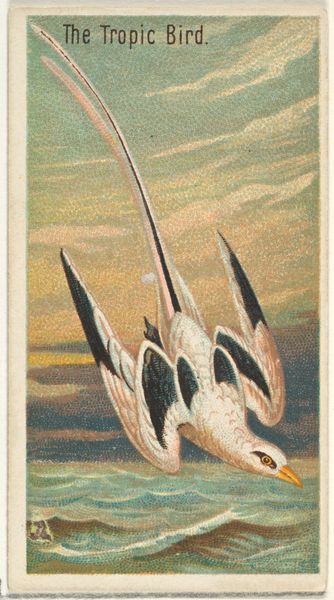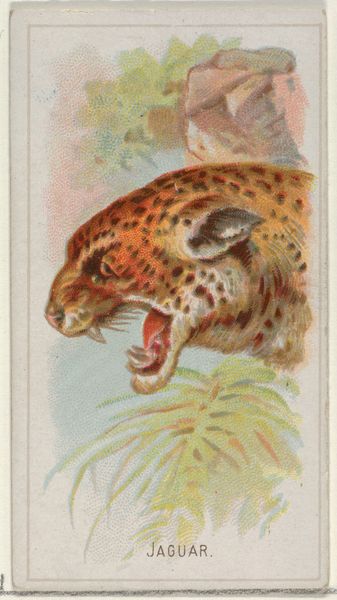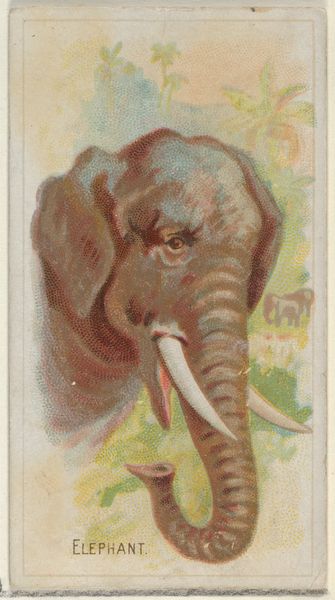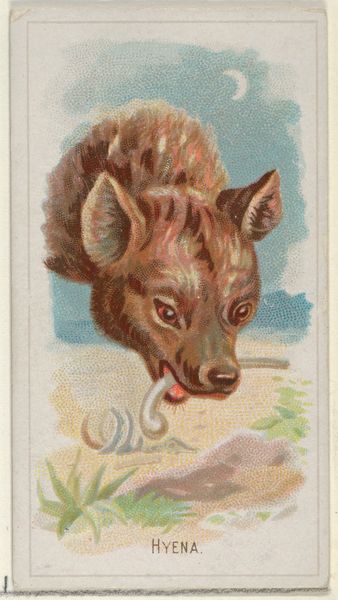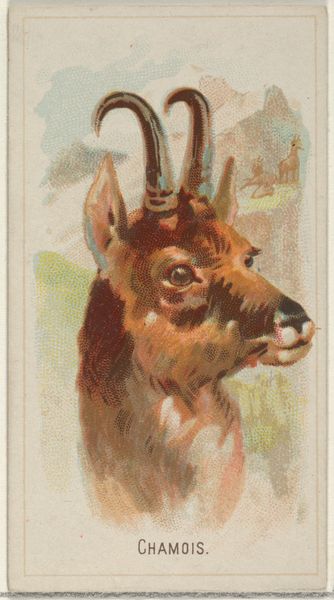
Duck-Billed Platypus, from the Wild Animals of the World series (N25) for Allen & Ginter Cigarettes 1888
0:00
0:00
drawing, coloured-pencil, print
#
drawing
#
coloured-pencil
# print
#
impressionism
#
coloured pencil
#
watercolour illustration
Dimensions: Sheet: 2 3/4 x 1 1/2 in. (7 x 3.8 cm)
Copyright: Public Domain
Editor: Here we have a fascinating print from 1888 titled "Duck-Billed Platypus, from the Wild Animals of the World series" by Allen & Ginter. It’s rendered with coloured pencil and presents quite an engaging portrait of this unusual creature. I'm struck by the detail they were able to capture given the commercial nature of its origin. How might we contextualize a work like this? Curator: These trade cards, distributed with cigarettes, were a form of popular education. Think of it as a democratization of knowledge dissemination, placing imagery within everyday life. Before widespread photography, such prints shaped public perceptions of the natural world. To what extent do you think these commercial images served to inform versus perhaps, exoticize, or even commodify wildlife? Editor: That's an interesting point! I hadn't considered the element of commodification. Seeing the animal presented in this way, isolated from its natural habitat, does give it a certain exotic allure. How did this influence later ideas and cultural assumptions about the natural world? Curator: Certainly! These cards contributed to the broader construction of the "exotic other," impacting colonial narratives and influencing policies related to wildlife management and resource extraction. It's worth considering how visual media shapes cultural understandings of nature, both then and now. Do you think people seeing these cards might start asking for such exotic animals to become available? Editor: That's insightful. I hadn't appreciated the deep historical and social implications embedded in what seems like a simple image. This definitely highlights how even commercial art can be a valuable window into understanding past perceptions. Curator: Indeed, by analyzing such images we uncover a lot more about public perception and the role of art in shaping ideas about science, commerce and the natural world.
Comments
No comments
Be the first to comment and join the conversation on the ultimate creative platform.
